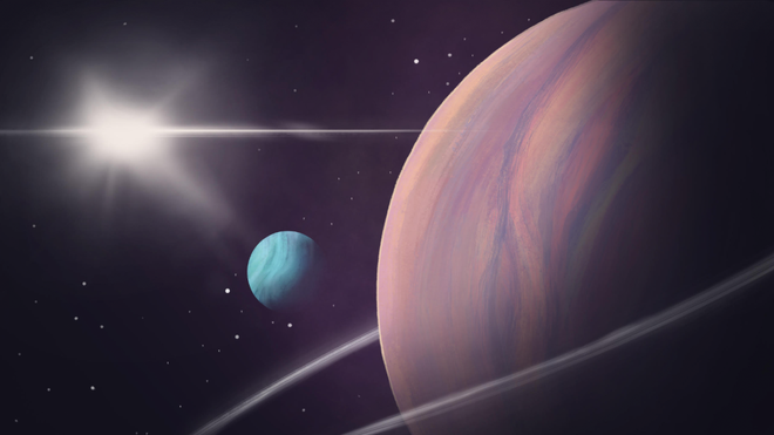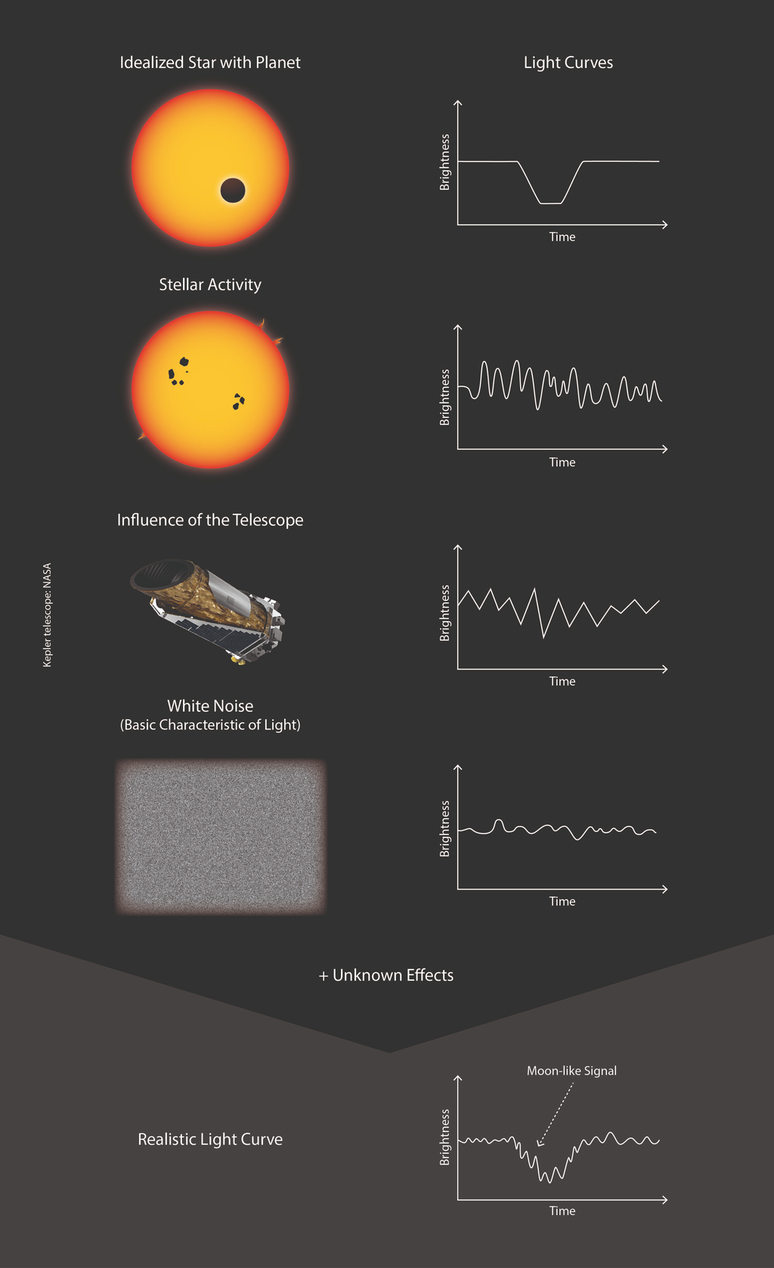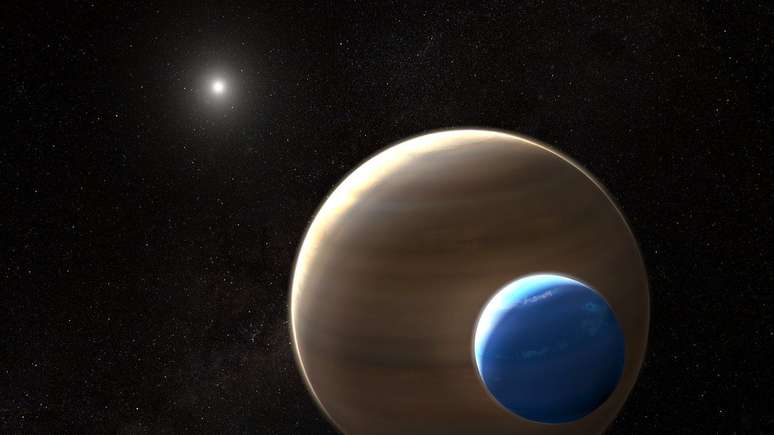A new analysis indicates that the possible giant exomoons, which would orbit the exoplanets Kepler-1625b and Kepler-1708b, do not exist and would be false positives
It appears that candidate moons discovered orbiting exoplanets do not exist. A new study conducted by researchers at the Max Planck Institute for Research in Solar system suggests that the supposed natural satellites around Kepler-1625b and Kepler-1708b were actually false positive results.
- How important are natural satellites for your planets?
- The moons of exoplanets could help us find Earth’s “habitable siblings”.
In our Solar System, Mercury and Venus are the only planets that do not orbit a moon. Therefore, scientists believe that the possibilities of exoplanets (worlds that orbit other stars) have their own moons.
For now, evidence of such exomoons has only been found on the exoplanets Kepler-1625b and Kepler-1708b. A The former’s possible moon was reported in data from the Kepler telescopefrom the NASA, and would be much larger than all those in the Solar System. The exomoon candidate was discovered in 2018, and researchers studied it again in the following years.

They noticed something strange: it disappeared from the Kepler data after noise removal, but was present in observations with the Hubble telescope. Meanwhile, in 2022 researchers announced the discovery of a possible giant moon around Kepler-1708b. Now, the new study suggests that neither is what it seemed.
Moons outside the Solar System
Heller and astrophysicist Michael Hippke created the Pandora algorithm, designed to detect and characterize transits of exoplanets with their moons. They trained it with calculations of transits of exoplanets and natural satellites considering all possible sizes, distances and orbital configurations.
Using Pandora to analyze data from Kepler-1708b, the team found that observations that seemed to point to the exomoon could easily be explained by a solitary, moonless exoplanet. In the case of Kepler-1625b, the observations can be explained by the difference between the wavelengths observed by Kepler and Hubble.

Therefore, the detection of exomoons was a false positive result. The authors explain that this is a common phenomenon, because the algorithms searching for these objects believe they have “discovered” an exomoon which, in reality, is nothing more than the planet passing in front of its star.
They also used the algorithm to predict the type of exomoon that could be found with current resources and found that it should be at least size of the Earth, which indicates that they would be very different from those in the Solar System. “The first exomoons that will be discovered in future observations, such as those of PLATO missionit will certainly be very unusual and therefore interesting to explore,” Heller said.
The article with the results of the study was published in the journal Natural astronomy.
Source: Natural astronomy; Through: MPS
Trends on Canaltech:
- The drone captures the sensational maneuver of a giant ship in the port of Santos
- Chinese rover finds structures buried in Mars soil
- The MCU hero has officially become a villain in the comics
- We found out how hands and feet grow during pregnancy and you can see it on video!
- India plans to establish its own base on the Moon by 2050
- Galaxy S24 Ultra leaks in new images and is compared to S23 Ultra
Source: Terra
Rose James is a Gossipify movie and series reviewer known for her in-depth analysis and unique perspective on the latest releases. With a background in film studies, she provides engaging and informative reviews, and keeps readers up to date with industry trends and emerging talents.






-1hrrjah54b5mh.jpg)
